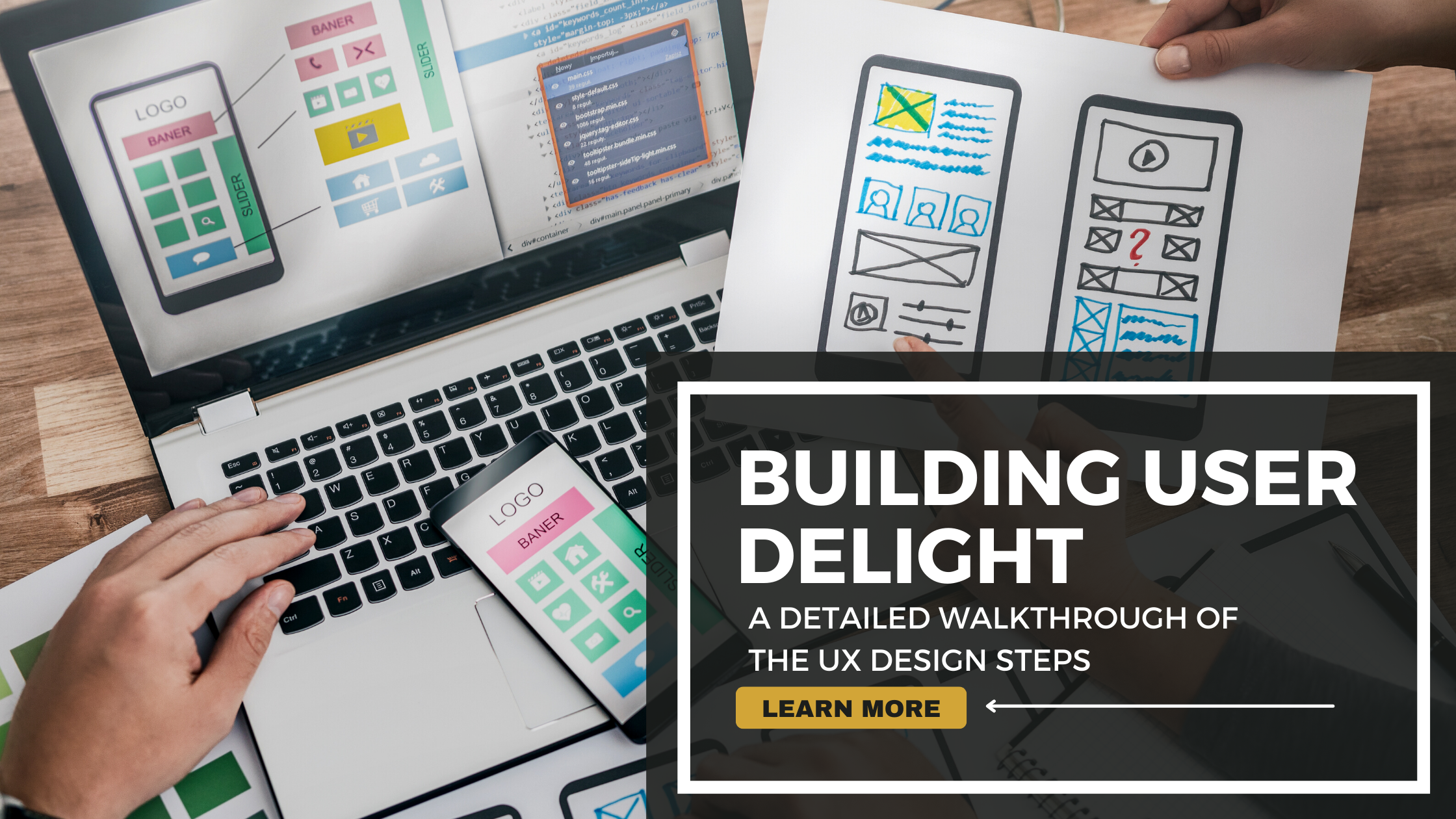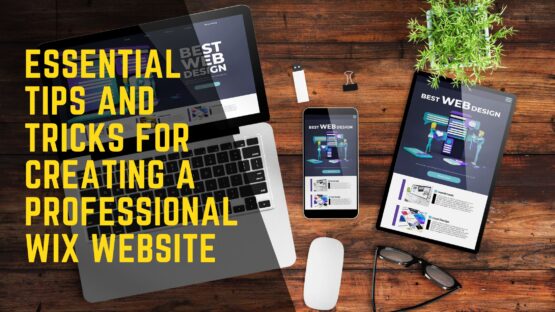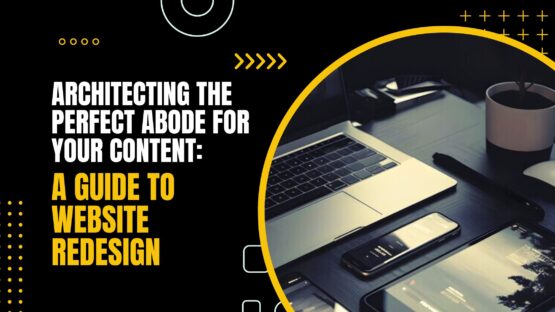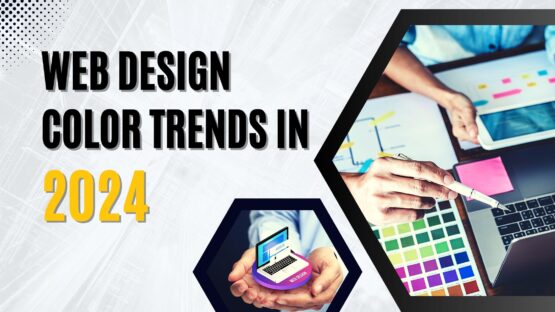User Experience (UX) Design originated in the 1990s when Don Norman, a pioneering figure in the field and a cognitive psychologist and designer, first introduced and coined the term.
This has become a crucial aspect of creating successful products and services. To build user delight, designers must ensure that every interaction a user has with a product is seamless, intuitive, and enjoyable.
Definition
The UX design process is a systematic approach employed by UX teams to research, understand, and enhance the user experience of a product. It involves a series of iterative steps aimed at addressing user problems and finding optimal solutions.
Why is it needed ?
By prioritizing the improvement of a product’s UX design, designers aim to create an intuitive and enjoyable user experience. This focus on user satisfaction can result in numerous benefits, including increased customer satisfaction, higher revenue, and an overall improved product.
A Detailed Walkthrough of the UX Design Steps
Step 1 – Research & User Analysis
At the core of effective UX design lies the understanding of the target users and their goals. Conducting thorough research and user analysis is important in this primary phase. Designers must identify the target demographics, conduct user interviews, and gather data to gain insights into user behaviors, motivations, and pain points. This information serves as a compass, guiding the design decisions throughout the process.
Step 2 – Define the User Persona & Journey
Utilizing research, designers craft user personas—fictional depictions of target users, detailing demographics and preferences. Personas aid in empathizing with user needs. Designers also map the user journey, highlighting steps and touchpoints. Analyzing user mindset and emotions identifies potential pain points and areas for improvement in the product.
Step 3 – Sketching & Wireframing
This step involves creating rough, low-fidelity representations of the product’s layout and structure. Sketches and wireframes help in visualizing the product’s skeleton, allowing designers to iterate quickly on different ideas. It’s an essential step to iron out the fundamental layout and flow of the user interface before diving into detailed design.
Step 4 – Prototyping
Interactive prototypes provide a more realistic preview of the product’s functionality, allowing designers to test the flow and navigation. Tools like Figma, Sketch, or Adobe XD enable designers to create clickable prototypes that mimic the user journey. Prototyping helps identify potential issues early in the design process and ensures a smoother transition to the final product.
Step 5 – Usability Testing
This involves observing real users interacting with the prototype to identify any usability issues or areas of confusion. By collecting feedback and analyzing user behavior, designers can validate design choices and make improvements. Usability testing should be conducted systematically throughout the design process to ensure continuous optimization of the user experience.
Step 6 – Visual Design
It focuses on creating an aesthetically pleasing and cohesive interface that matches with the brand identity and boosts up the user experience. Designers choose the right color schemes, typography, icons, and imagery to create a visually appealing interface. Consistency in visual elements across the product increases recognition and minimizes cognitive load for users.
Step 7 – Interaction Design and Animation
Interaction design involves defining how users mingle up with the product and the response it provides. Designers determine the behavior of buttons, menus, transitions, and animations to ensure a smooth and natural user experience. Well-executed animations can add delight and personality to the interface, making it more engaging and memorable.
Step 8 – Iterative Testing and Refinement
The UX design process is iterative, and continuous testing and refinement are essential for achieving user satisfaction. Feedback from users, stakeholders, and usability tests should inform ongoing improvements. Making adjustments based on real-world usage and user feedback ensures that the final product meets user expectations and delivers an unparalleled experience.
Step 9 – Accessibility Considerations
Making a truly inclusive user experience requires attention to accessibility. Designers must consider users with diverse abilities and ensure that the product is usable by everyone. This involves designing with clear contrast, providing alternative text for images, and ensuring keyboard navigation. Giving importance to accessibility not only enhances the usability of the product but also contributes to a more ethical and user-centric design approach.
Step 10 – Final Review and Launch
Prior to product launch, a final review ensures design alignment with goals. The user journey is comprehensively examined, addressing any issues. Neglecting testing and review may result in negative user experiences and hinder product success.
How does Palmetto, the company dedicated to Building User Delight, execute a detailed walkthrough of the UX Design Steps to ensure an exceptional user experience?
Our adept, comprehensive web design team comprises expert designers, programmers, and developers armed with the knowledge and tech to create dynamic websites.
Experience Palmetto, Experience Delight: Crafting UX Design Steps for Unforgettable User Journeys !




